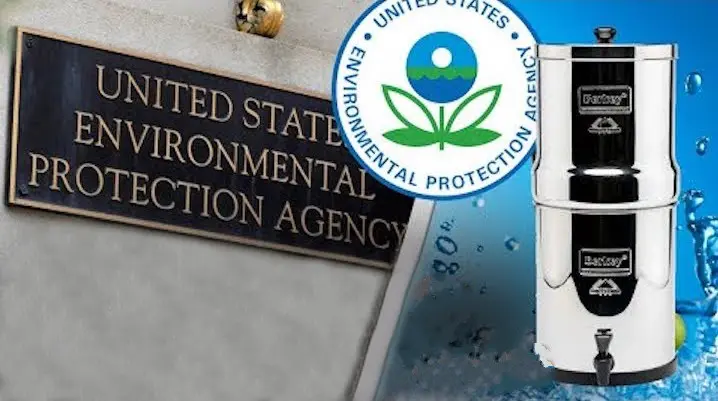Good News: Supreme Court Overturns ‘Chevron Deference’ In Massive Blow To ‘Administrative State’
.The Supreme Court has ruled to overturn the so-called ‘Chevron Deference’ dealing a huge blow to the so-called ‘administrative state’ that have enjoyed
In an 6-3 decision along ideological lines, the Supreme Court’s conservative majority upended the 40-year administrative law precedent that gave agencies across the federal government leeway to interpret ambiguous laws through rulemaking.
Conservatives and Republican policymakers have long been critical of the doctrine, saying it has contributed to the dramatic growth of government and gives unelected regulators far too much power to make policy by going beyond what Congress intended when it approved various laws. The authority of regulatory agencies has been increasingly questioned by the Supreme Court in recent years.
Those on the other side say the Chevron doctrine empowers an activist federal government to serve the public interest in an increasingly complicated world without having to seek specific congressional authorization for everything that needs to be done.
As The Hill report, judges previously had to defer to agencies in cases where the law is ambiguous.
Now, judges will substitute their own best interpretation of the law, instead of deferring to the agencies – effectively making it easier to overturn regulations that govern wide-ranging aspects of American life.
This includes rules governing toxic chemicals, drugs and medicine, climate change, artificial intelligence, cryptocurrency and more.
The move hands a major victory to conservative and anti-regulatory interests that have looked to eliminate the precedent as part of a broader attack on the growing size of the “administrative state.”
The Biden administration defended the precedent before the high court.
As Mark Joseph Stern writes on X:
“Today’s ruling is a massive blow to the ‘administrative state’, the collection of federal agencies that enforce laws involving the environment, food and drug safety, workers’ rights, education, civil liberties, energy policy—the list is nearly endless.”
“The Supreme Court’s reversal of Chevron constitutes a major transfer of power from the executive branch to the judiciary, stripping federal agencies of significant discretion to interpret and enforce ambiguous regulations.“
Chief Justice Roberts, writing the opinion of the court, argued Chevron “defies the command of” the Administrative Procedure Act, which governs federal administrative agencies.
He said it “requires a court to ignore, not follow, ‘the reading the court would have reached had it exercised its independent judgment as required by the APA.’”
Further, he said it “is misguided” because “agencies have no special competence in resolving statutory ambiguities. Courts do.”
The liberals on the court are not happy:
“In dissent, Justice Kagan says the conservative supermajority “disdains restraint, and grasps for power,” making “a laughingstock” of stare decisis and producing “large-scale disruption” throughout the entire government. She is both furious and terrified.”
As Stern concludes:
“Hard to overstate the impact of this seismic shift.”
Simply put, a massive win for the constitution…
From an account on X by LudwigNeverMises:
https://x.com/ludwignvermises/status/1807062441135608138
Maybe now people will understand why I’ve been criticizing RFK for complaining about Sackett vs EPA, the case that set up the overturning of Chevron.
“Kennedy was complaining loudly about a 2023 Supreme Court decision blocking the EPA from extending enforcement of the Clean Water Act to marshlands.
This was the biggest constitutionally based pushback on a regulatory agency in over a century and RFK called it horrible.”
The Chevron doctrine required courts to defer to an agency’s “reasonable” interpretation of an ambiguous statute, effectively giving regulators full lawmaking ability.
In the Sackett case, the Supreme Court made a historic ruling challenging the EPA’s interpretation that the Clean Water Act included marshlands as being “not reasonable” thereby removing the agencies authority to regulate the Sackett’s property.
This opened up the rest of the regulatory agencies “reasonable” interpretations up to question, leading to the reversal of the Chevron decision which gave them broad power to interpret law.
The Chevron doctrine in 1984 was merely codifying agency overreach which had already been happening for a century.
But its overturning makes that agency overreach explicitly unlawful, which undermines the entire unaccountable regulatory bureaucracy. And makes it the most significant case against the administrative state since it began to take root during the progressive era, over a century ago.
from: https://needtoknow.news/2024/07/good-news-supreme-court-overturns-chevron-deference-in-massive-blow-to-administrative-state/






 Photo by Scott Olson/Getty Images)
Photo by Scott Olson/Getty Images)

